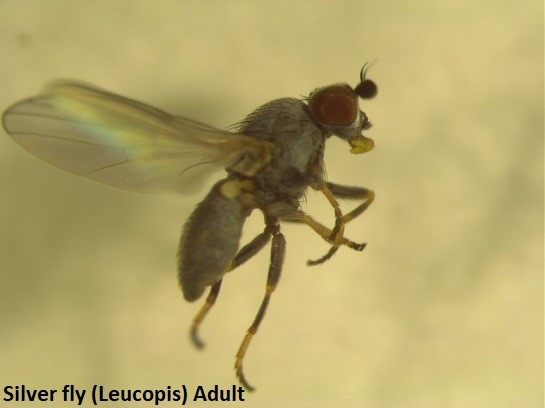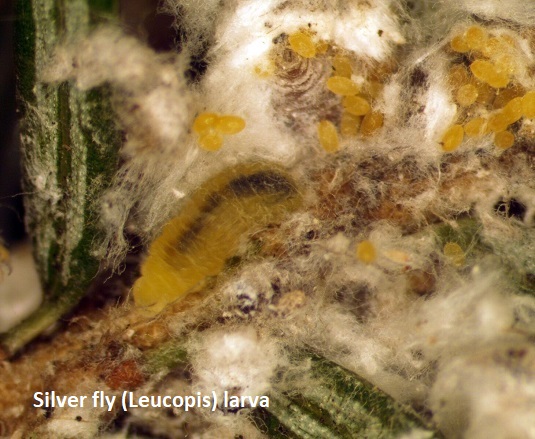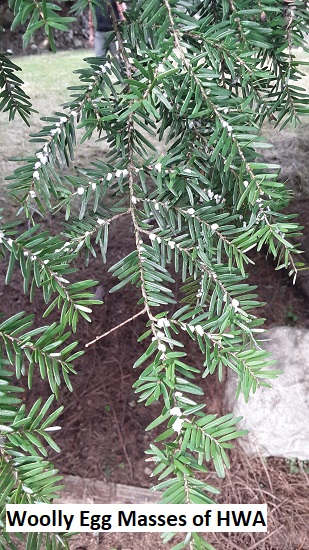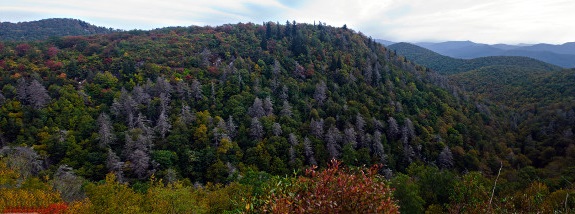For more than 30 years, a tiny sap-sucking insect has been killing untold millions of hemlock trees in the eastern United States. The invasive insect, called the Hemlock Woolly Adelgid (HWA), originated in Asia. Due to the lack of natural enemies in the eastern U.S., the pest could drive eastern hemlocks to extinction. For some states, like New York, where eastern hemlock is the third most common tree species, the infestation of HWA is altering the ecology and carbon cycle of their forests.
Luckily for western hemlocks (Tsuga heterophylla) here in the Pacific Northwest, native predators have kept HWA in check. Two species of silver fly and a small beetle, whose larvae gobble up the woolly adelgid, are the reason that HWA is not a pest of concern and has not caused significant damage or decline to our western hemlocks.
So, what does this all have to do with us?
Contacted in August by a research technician and graduate student at Cornell University, we became aware of a project that is taking a deep look at the predators found on our islands who prevent HWA from overcoming our western hemlocks. The research team is looking into these predators’ life cycles and observing their role in forest ecology.
SJPT Preserve Stewards are assisting the HWA survey by searching for hemlocks on our preserves that display the white cottony egg masses on twigs near the base of their needles indicative of the adelgid. Not long after we agreed to help, Stewardship Manager Kathleen Foley spotted signs of HWA on one of our Lopez preserves! We are communicating with the Cornell research team to help them identify sites that could, perhaps, yield biological-control predators that are safe and effective in eastern forests.
How interesting is it that our small islands could supply a resource to the greater East Coast, potentially making a huge impact on current eastern hemlock mortality trends? We thought this was worth a share.
Photos provided by Nick Dietschler (Cornell University) and National Park Service.




